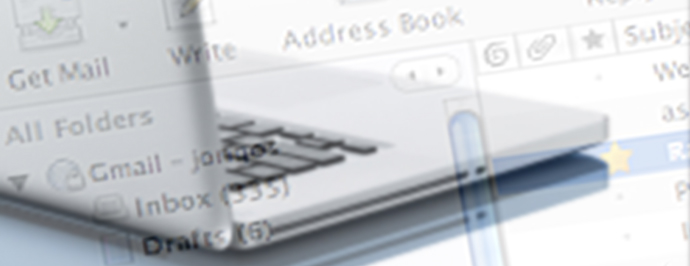
I was recently surprised to see a web development company I have a great deal of regard for move to marketing their services with plain text email over HTML email. In case you’re not sure of the difference, HTML email looks like ads or brochures with images and nice looking text. Text email is plain text without images, like email you use every day to correspond with business associates.
I was quite intrigued to see a technology company making the choice for a lower-tech approach. It draws me to a few conclusions:
1. Businesses are not taking any consideration off the table when trying to figure out how to best communicate with their audience. That’s a good thing. There is certainly a place to go back to square one and rethink what we take for granted and make sure the assumptions we acted upon originally are good ones.
2. Businesses, even in technology, are frustrated with spam filters that can’t distinguish between true spam and junk email and welcome communications. I can relate. Even our newsletters sometimes get blocked and we comply with every concievable restriction.
3. It’s good to be reminded that people are different and have different preferences. Accounting for a full range of preferences is important to do in all your marketing communications.
So which is better — text email or HTML email?
As usual, that depends on your audience and your message. But it’s considered good practice in all cases to send both a plain text and HTML version of your email marketing so the recipient can view it in the format they prefer that’s suited to the device they’re using. Many people prefer to read text only on their mobile phone but HTML on their computer, laptop and tablet.
But there’s more to it than that. There are highly respected proponents of both ways. Proponents of plain text email say they use it to make a message feel more like a one-on-one conversation, like one you receive from a friend rather than a cold, corporate-looking HTML template. Proponents of HTML email say they use it to make their email correspondences as professional as they can be and less like a spammy, cheesy sales pitch.
So it seems there are two camps. I know I hate email that tries to make it seem like I’ve met the person when I haven’t. Since I am more of a cave dweller by nature, and not a big networker, the likelihood that I’ve met the person and don’t remember doing so is slim. For me, it’s a sleezy approach that has no chance of success, at least for me. And you’re never going to convince me that a well conceived visual doesn’t enhance a message ten-fold.
Taking the best of both.
To take the best of both approaches, you would have to lean in the direction of HTML email but approach it the following ways:
1. Make your correspondences amusing, light or at least interesting so they don’t seem like boring corporate correspondences. (Be careful with amusement, though.)
2. Put energy and personality into what you say and what you show in visuals. Whether your recipient is a visual aficionado or not, they’ll appreciate that.
3. Get to the point. Work on the 3-second rule – you only get three seconds of someone’s attention before they move on.
4. If you are trying to direct them to a blog post or other form of online content, don’t work so hard to sell it. Tell them about it quickly and briefly and offer one good reason why they should go there.
5. Be minimalist. Don’t add anything that does not serve a specific purpose. Use the tried and true editing rule of cut-three. Write what you want to say, cut it in half, then in half again, and if you can find anything else you can cut, do it. Only then will you have something short enough and direct enough to be effective.
Happy emailing!
— Chris Quinn, principal and brand strategist


Leave a Reply